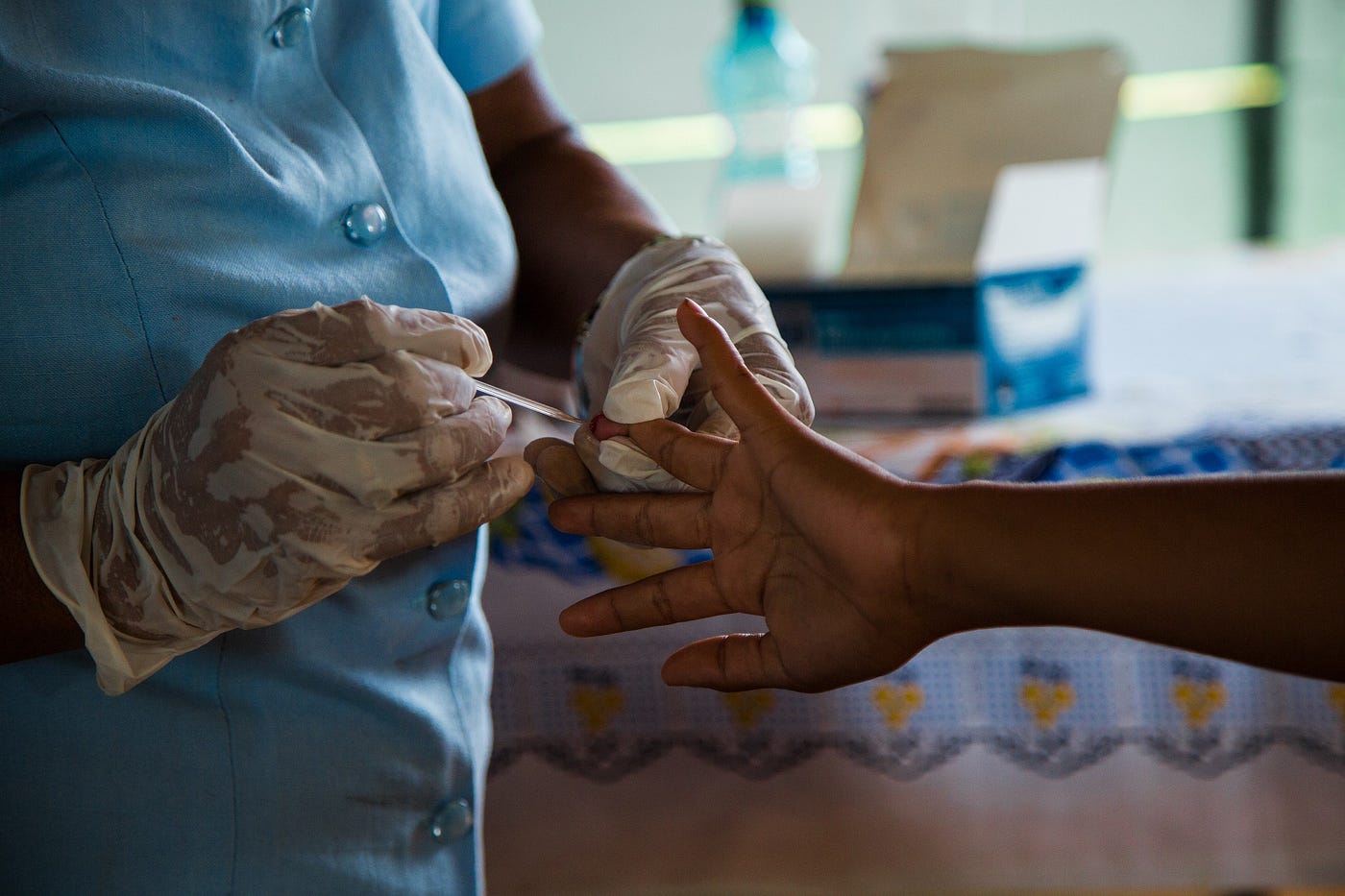Aidel Montero is on the frontline, protecting her community from malaria during the COVID-19 pandemic. Aidel is 29 and lives in El Turi, a small community not far from El Sena, Pando, the municipality hardest hit by malaria in the Amazon region of Bolivia.
There are only a few houses here, scattered along the banks of the river which is at the centre of community life. Aidel’s house is strategically located right in the middle of it and serves as a diagnostic point not only for this community but also for neighbouring ones.

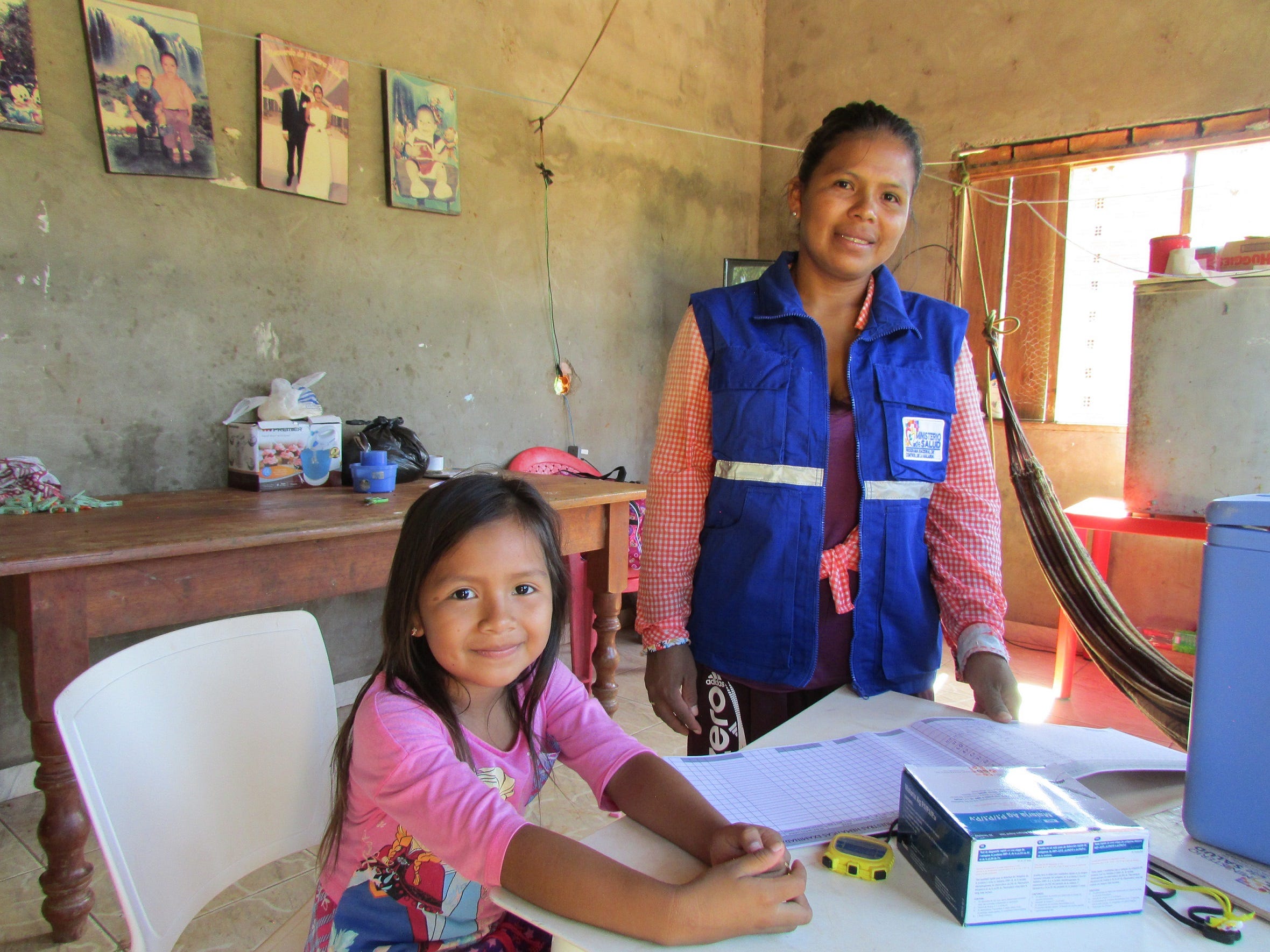
Community volunteers like Aidel Montero visit neighbours in their homes to offer information on malaria prevention and treatment. Their work has helped to keep case numbers low. Photos: UNDP Bolivia
Aidel was selected by her community to serve as a volunteer in 2017 and readily accepted. She completed training to perform rapid tests for malaria, and even treat any confirmed case of malaria that might arise in the community.
In recent years, major progress has been achieved globally against malaria, one of the world’s deadliest infectious diseases. However, the COVID-19 pandemic has reversed many of these improvements.

Malaria is endemic in remote areas of Bolivia’s Amazon region, where access to medical supplies and services is a challenge. Photo: UNDP Bolivia/Miguel Samper
In 2024 there were an estimated 241 million malaria cases and 627,000 malaria deaths worldwide, according to the latest World malaria report from the World Health Organization. This represents about 14 million more cases compared to the previous year, and 69,000 more deaths. Approximately two thirds of the additional deaths (47,000) were linked to disruptions in the provision of malaria prevention, diagnosis and treatment during the COVID-19 pandemic.
World Malaria Day is a reminder that efforts and investments are needed at all levels to build resilient and sustainable systems for health, including strong community systems essential for pandemic preparedness and response.
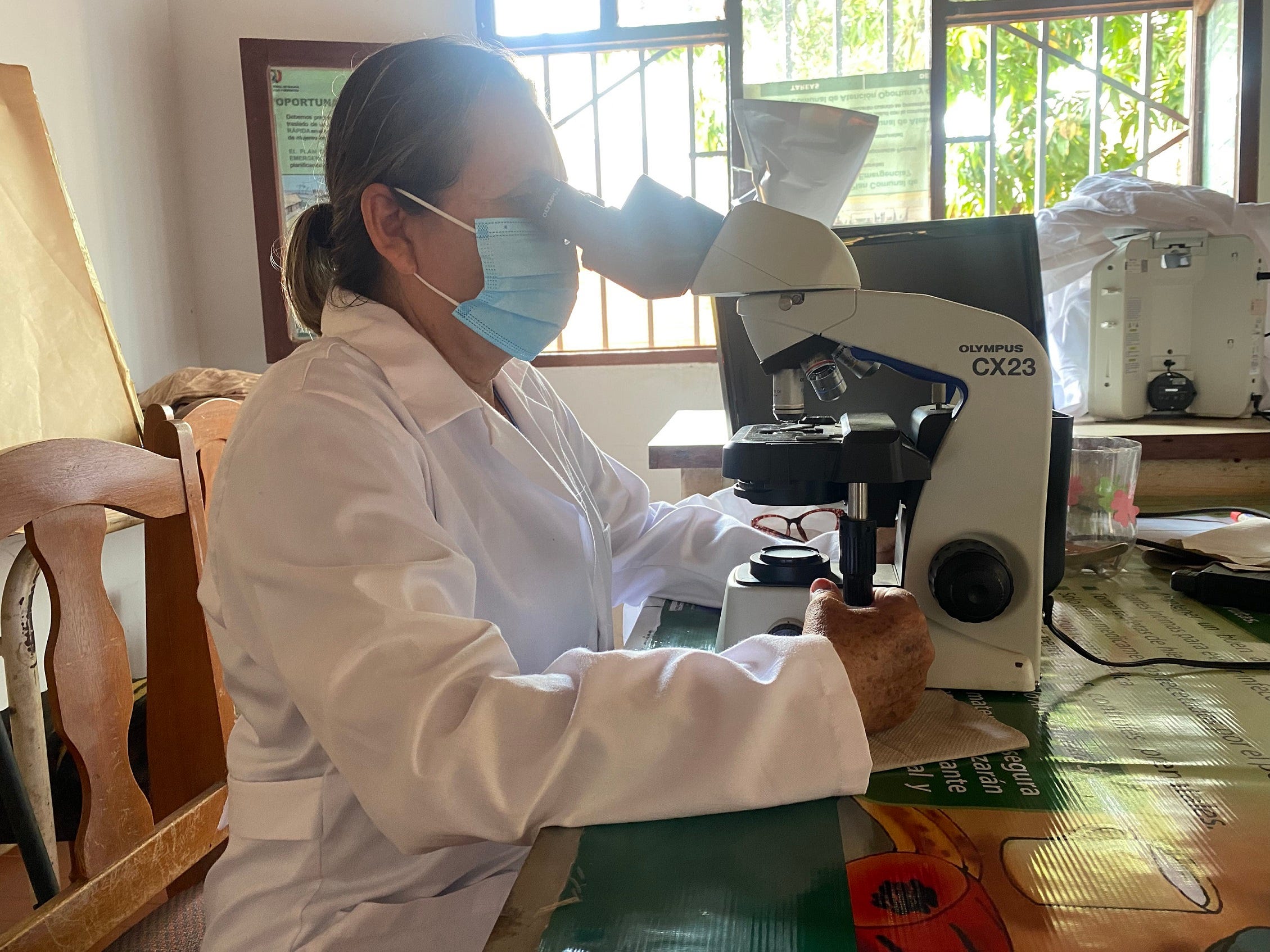
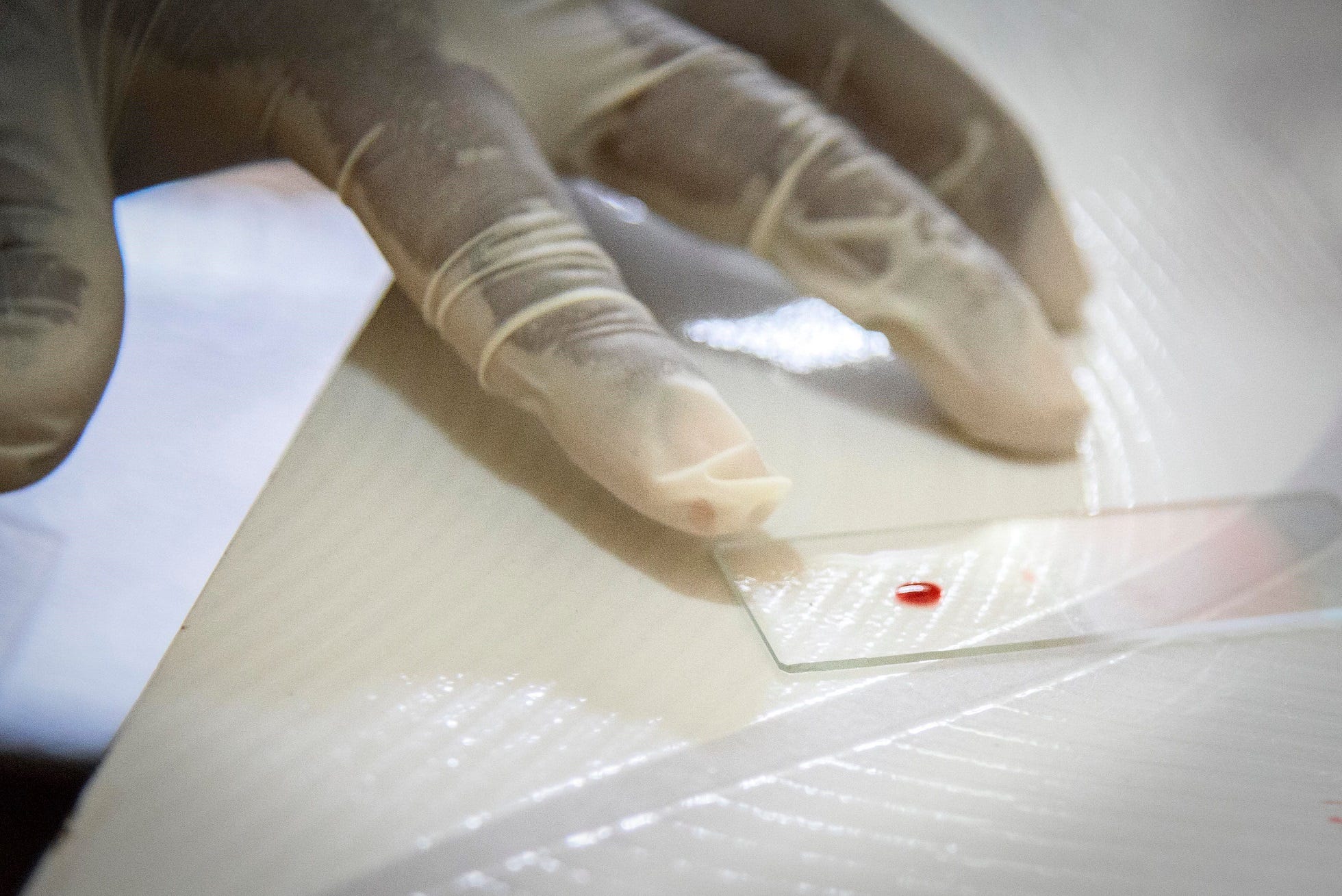

Community volunteers are supported by mobile teams of medical professionals. Trucks and motorcycles enable the teams to reach the most remote areas. Photos: UNDP Bolivia and UNDP Bolivia/Miguel Samper (centre)
Bolivia is among the countries where the COVID-19 pandemic threatened to derail progress achieved in recent years. Malaria is endemic in remote areas of the Amazon region of Bolivia, where communities are isolated and access to medical supplies and services is already difficult in normal times. Once COVID-19 hit, lockdown measures and restrictions added new challenges to malaria control efforts. Fortunately, the Ministry of Health and its partners were able to rely on existing structures and networks to maintain services during the pandemic and avoid additional infections and deaths from malaria.
In partnership with the Global Fund and UNDP, 185 community-based malaria diagnostic points led by community volunteers serve people in the Amazon region of Bolivia, providing access to care even for the most isolated communities. The community volunteers receive supplies needed to control the disease and constant technical support from mobile teams of medical professionals. This means people do not have to travel long distances to seek malaria diagnosis or care, have timely access to services, tests and medicines, and a better chance of successfully detecting and treating the disease.
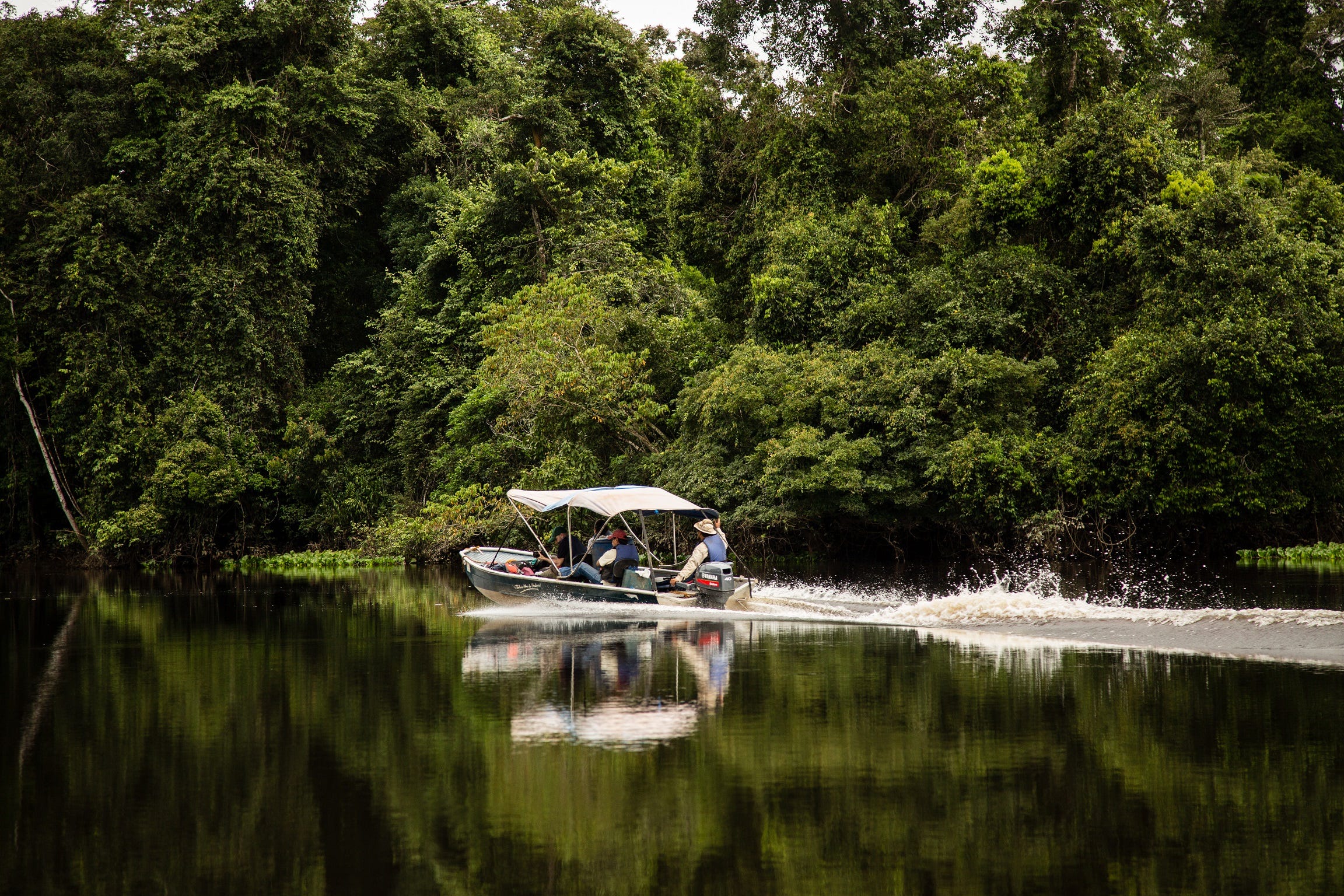

During the rainy season, mobile health teams working along the main rivers of the Bolivian Amazon use small motor boats to serve areas that cannot be reached by land. Photos: UNDP Bolivia and UNDP Bolivia/Miguel Samper
At first, Aidel was very nervous when performing the finger prick needed for testing. Over time she gained experience and confidence, boosted by her ability to identify cases of malaria and help community members. While to this day she has not come across any case of P.Falciparum malaria (the deadliest parasite), she is trained to detect it and updates her knowledge regularly while also sharing her knowledge with others in the community.
“I go house to house to give information because prevention is important. That’s why in my community we have very few cases.” — Aidel Montero, Community Volunteer, El Sena, Bolivia
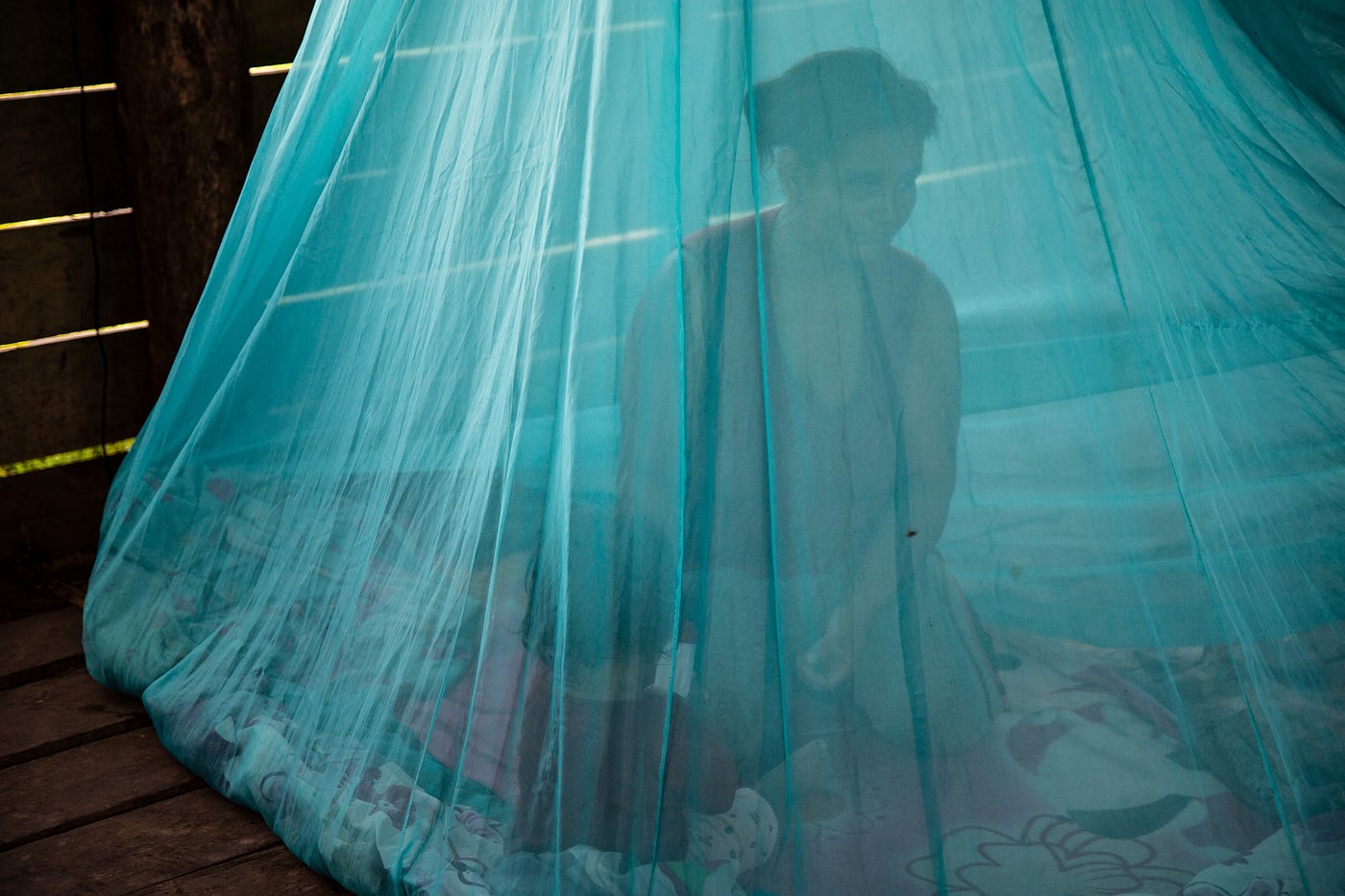
Community volunteers also distribute mosquito nets to local residents and seasonal workers arriving during the Brazil nut harvest season. Photo: UNDP Bolivia/Miguel Samper
Aidel’s community is also close to the Brazil nut harvest area. When harvest season comes, she sees a continuous stream of motorcycles and cars full of seasonal workers flowing into the area. She recognized this as an opportunity to reach even more people. With other members of the community, she set up a ‘checkpoint’ so that each person who enters the area stops and receives a mosquito net and malaria card to record any malaria test results.
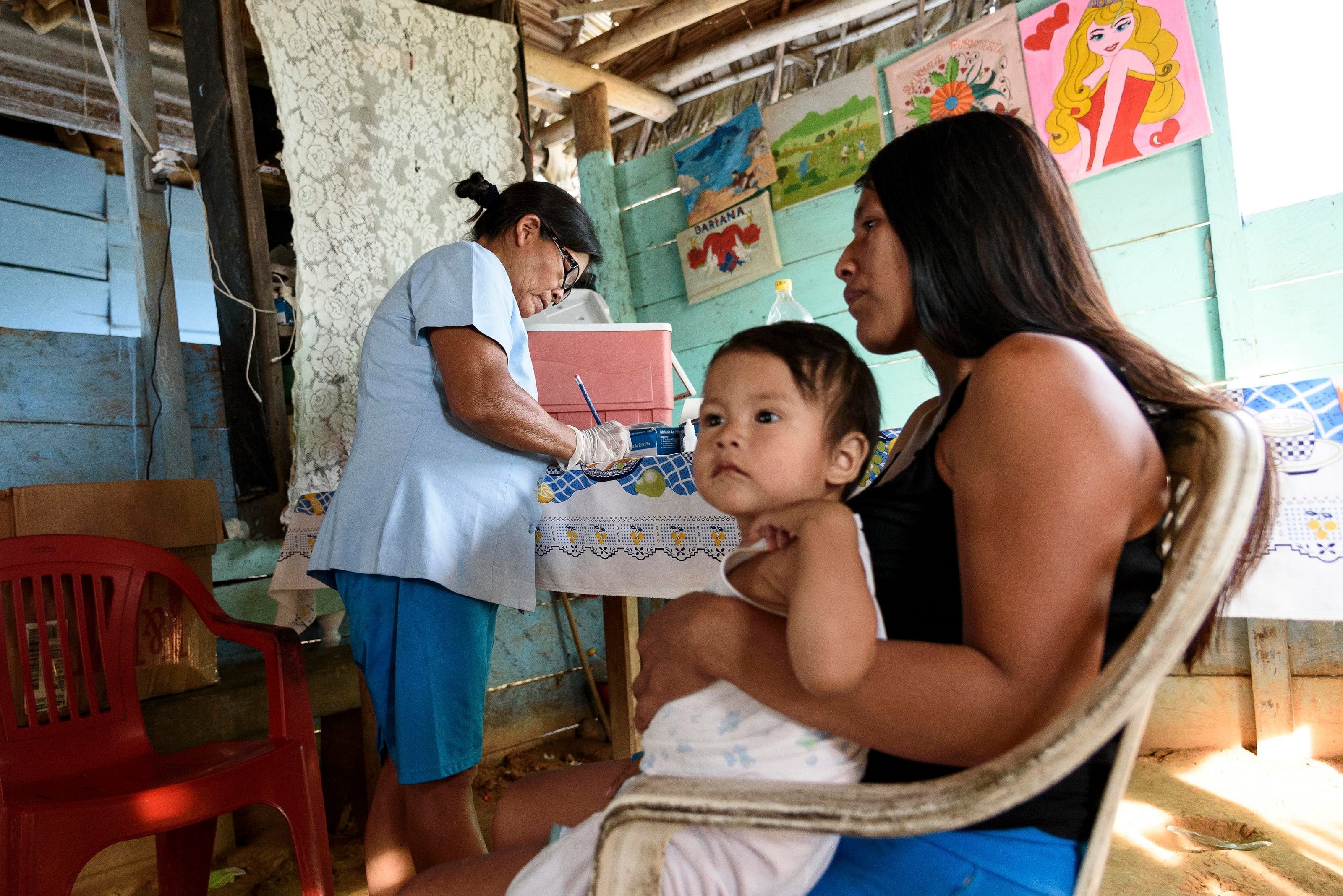
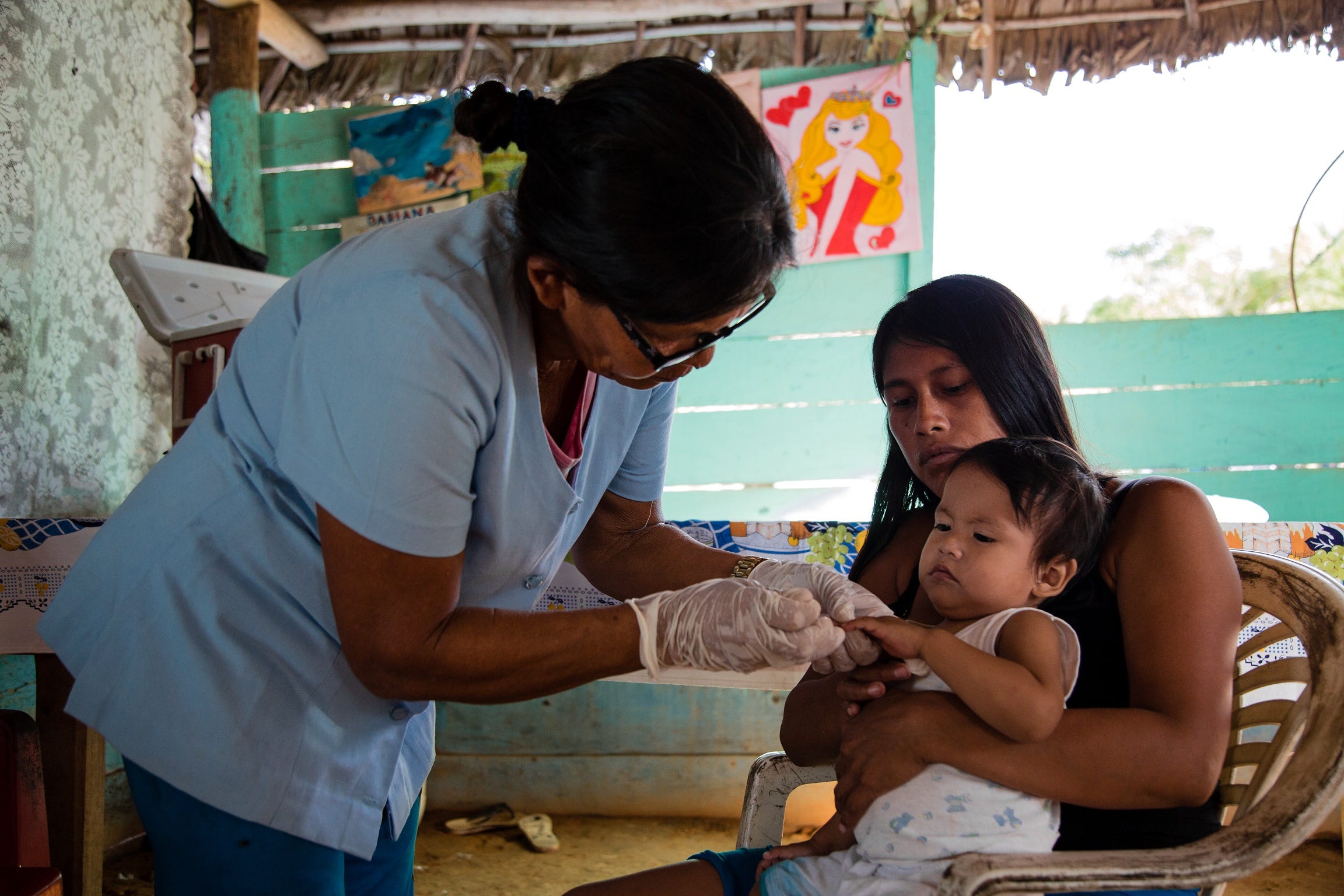
In Bolivia and elsewhere the COVID-19 pandemic threatens to derail recent progress in the fight against malaria, one of the world’s deadliest infectious diseases. Photos: UNDP Bolivia/Miguel Samper
At the height of the COVID-19 pandemic, which hit Bolivia very hard, there were many challenges to ensure that needed supplies and guidance continued to reach community volunteers. However, through their presence in the communities, the volunteers were able to continue to reach people around them, while increasing prevention and awareness efforts to preclude a spike in malaria cases.
In parallel, distribution of mosquito nets continued uninterrupted, resulting in 81,727 nets distributed to people in risk areas out of 88,200 initially planned. Additional trucks and motorcycles for mobile teams enabled them to continue to reach the most remote areas. While the number of suspected cases of malaria tested through community services decreased from 11,539 in 2019 to 9,048 in 2024, mitigation measures ensured continued diagnostic and treatment services. And in 2021, the number of cases tested in the community actually increased to 14,847.
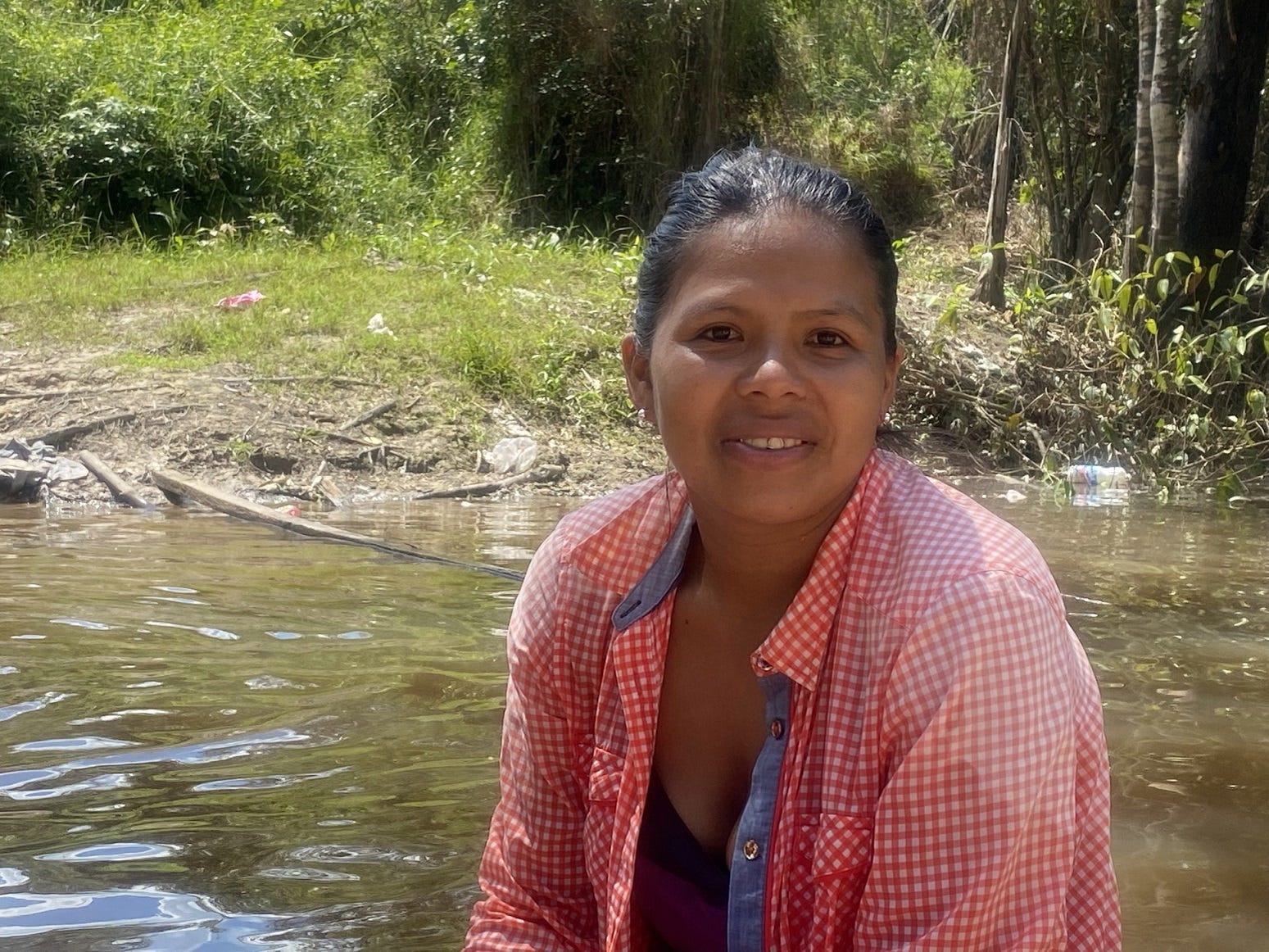
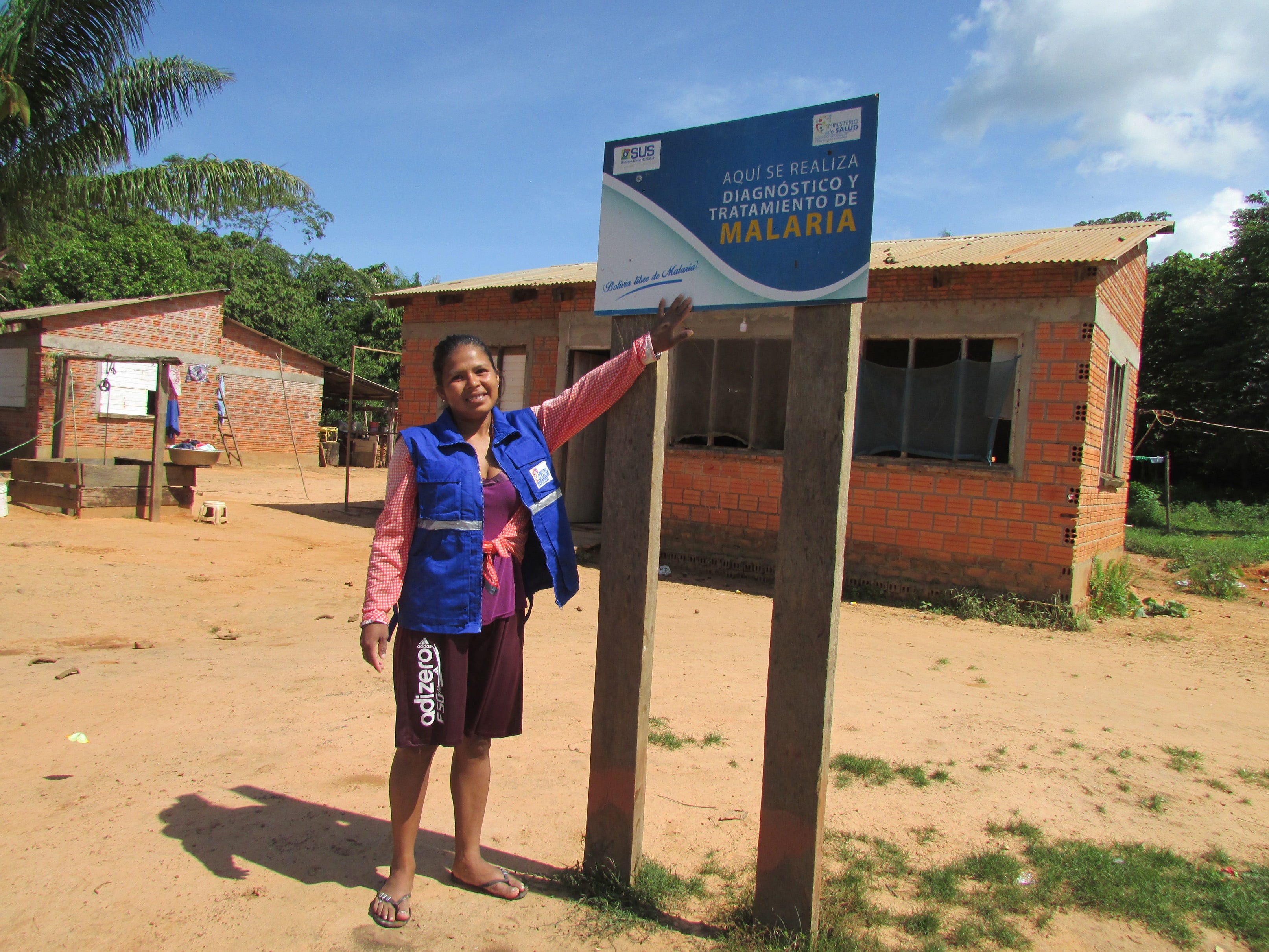
When her community selected her to serve as a volunteer, Aidel readily accepted. She updates her knowledge regularly and eagerly shares life-saving information with her neighbours. Photo: UNDP Bolivia
These results illustrate the critical importance of community systems for health, as the backbone of HIV, TB and malaria responses. They are a key component of resilient and sustainable systems for health, and core to pandemic preparedness and response.
Retrieved from https://undp.medium.com/communities-standing-their-ground-against-malaria-in-bolivia-d18e51e021c
In line with UNDP’s Strategic Plan 2022–2025 and its HIV and Health Strategy 2022–2025: Connecting the dots — Towards a more equitable, healthier and sustainable future, UNDP partners with the Global Fund, governments, civil society and private sector to support and strengthen multi-sectoral national responses to HIV, TB and malaria through integrated policy, programme and capacity development support.
